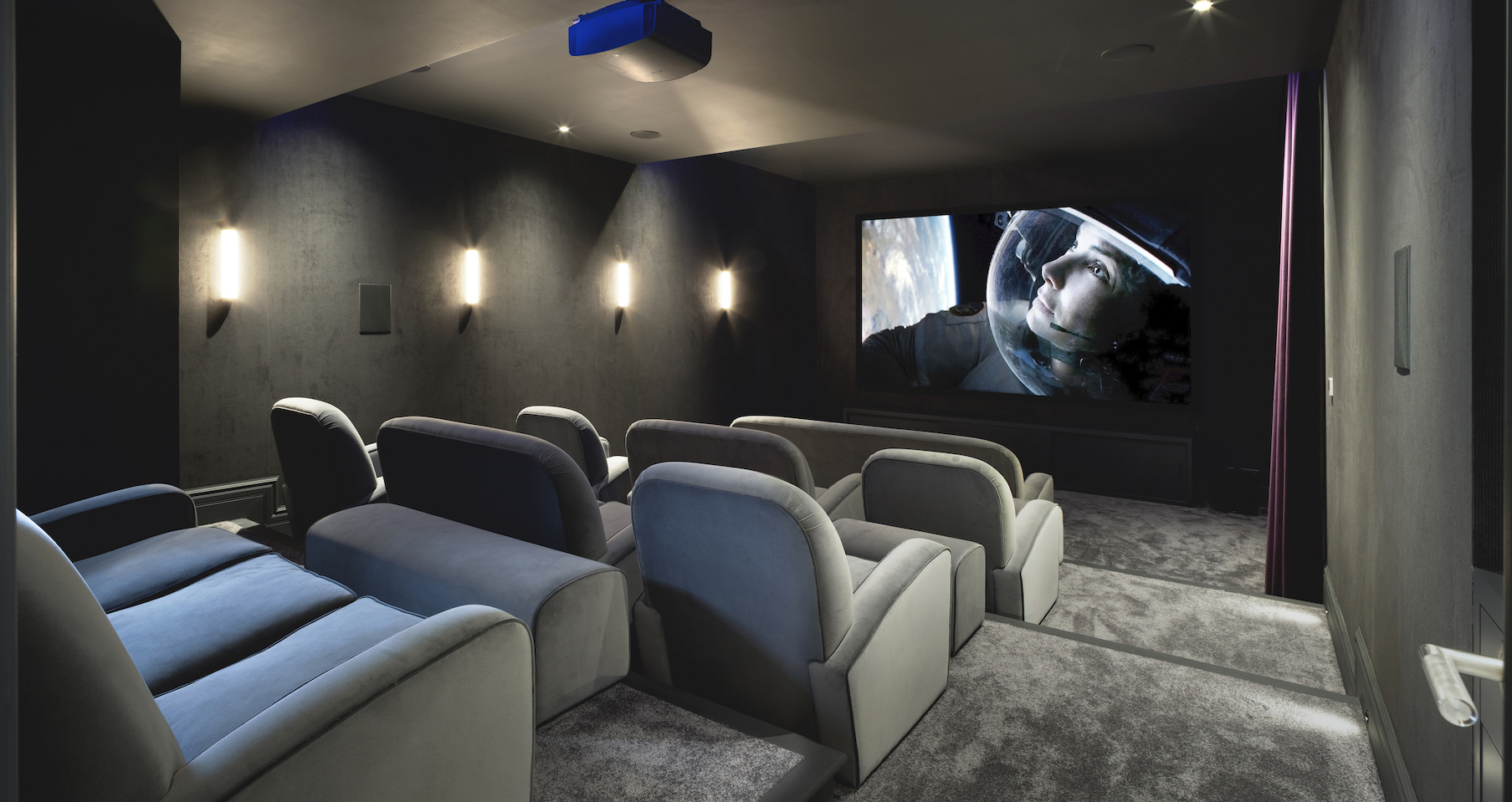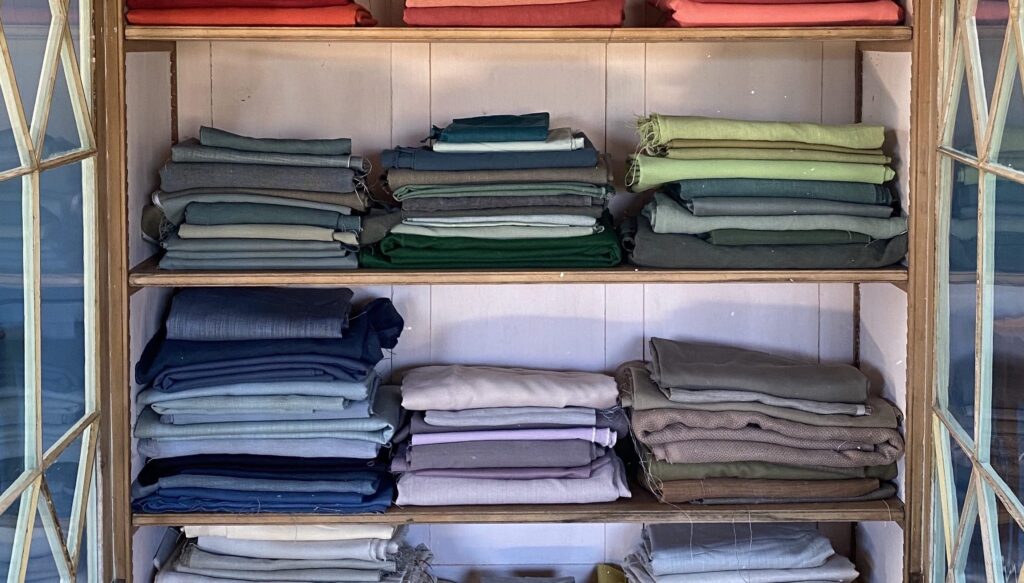Studio Suss founder Simone Suss demonstrates how with an intelligent, committed approach to sustainability, beautiful interior design can be part of the solution, not the problem.
Setting up her design studio over eight years ago, Simone Suss stepped into the unknown as she changed her career path and embarked on a personal mission to discover if there was a science behind ‘good design’. Now, with an array of outstanding residential and commercial projects under her belt, Suss is worlds away from the media, tech and gaming past she left behind, though her passion for change and inquisition is undimmed.
Based in south east London, Studio Suss has enlisted a wealth of clients across the capital and is becoming renowned for its timeless and uncompromising aesthetic and its strong stance on sustainability.
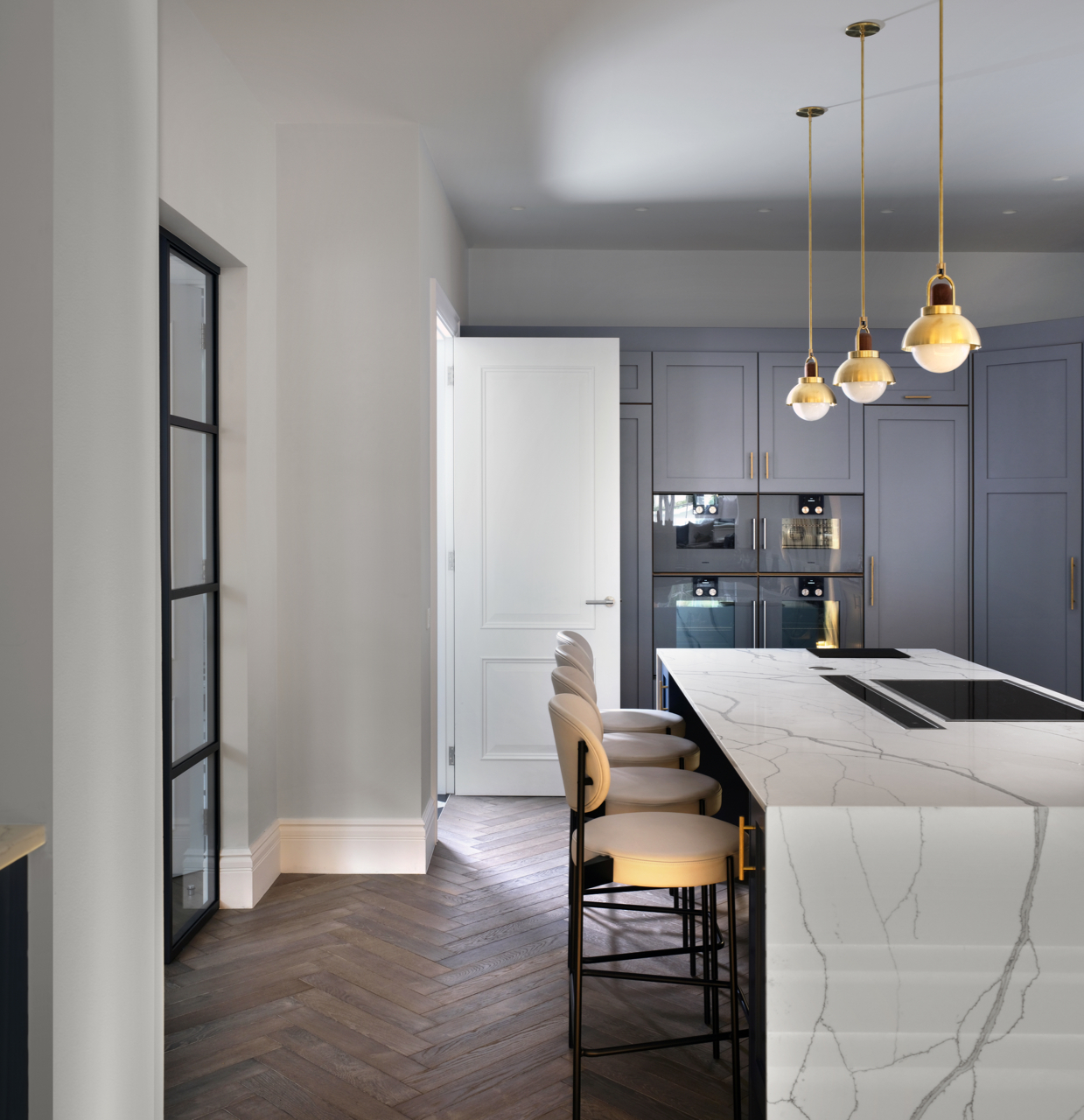
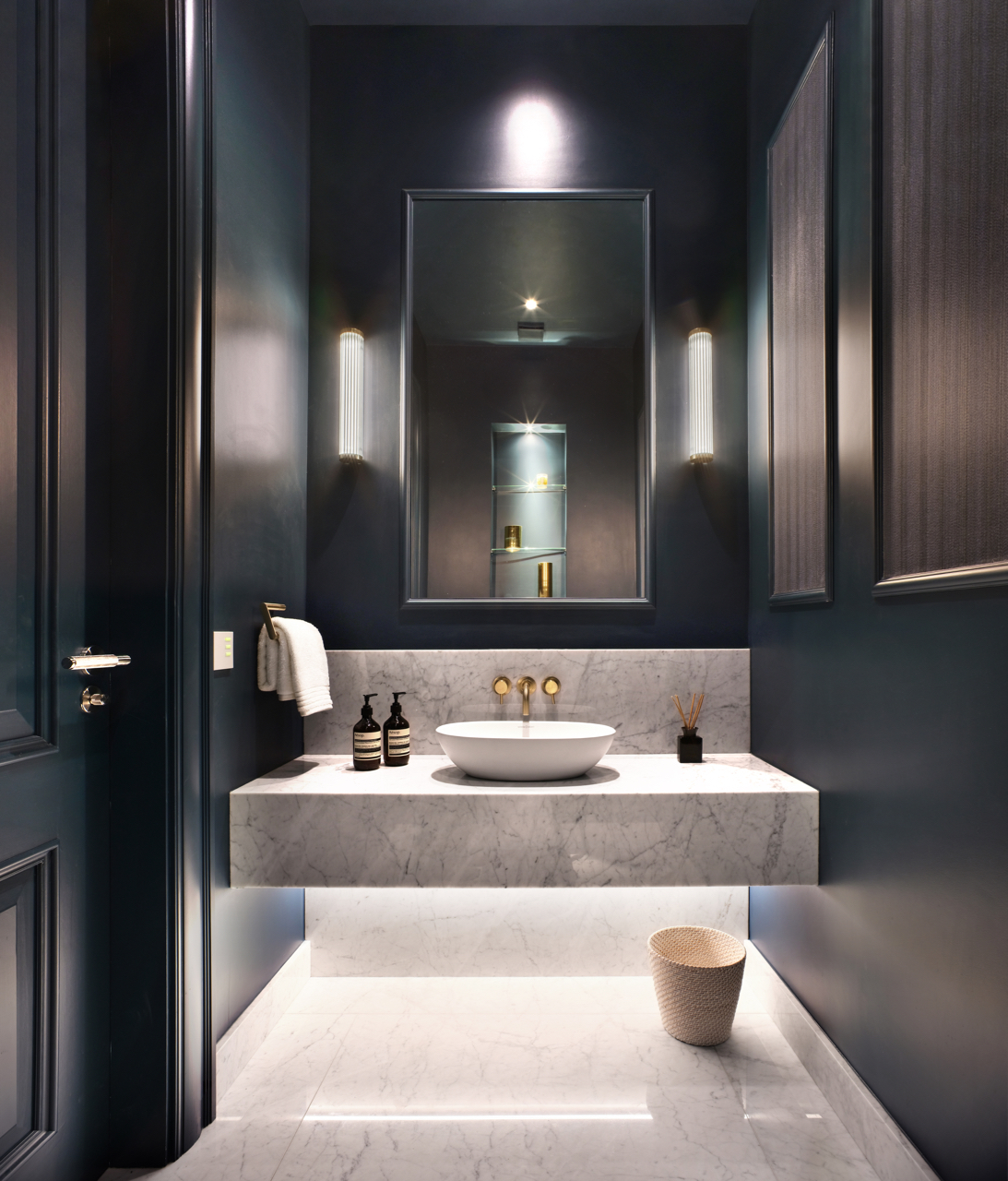

Suss began to explore the world of interior design after working at television and entertainment behemoth Sky. “I really enjoyed my time there,” she says, “but when I left, I was going through a lot of personal change as I was pregnant with my first child.” Suss developed her knowledge of design at Central Saint Martins, Chelsea College of Art and Design, and Inchbald School of Design; and while studying, a plot of land became available which Suss decided to buy in order to build a house on – a complete new-build from the ground up.
After completing the project, Suss began to offer interior design services while raising her young children. One of her clients pitched a completed project to UK magazine Livingetc; this led to it being featured – and subsequently, the birth of Studio Suss. “That’s when I thought maybe there is a business for me here,” she recalls. “The article spurred me to set up a website, and that’s how Studio Suss came about in 2013.”
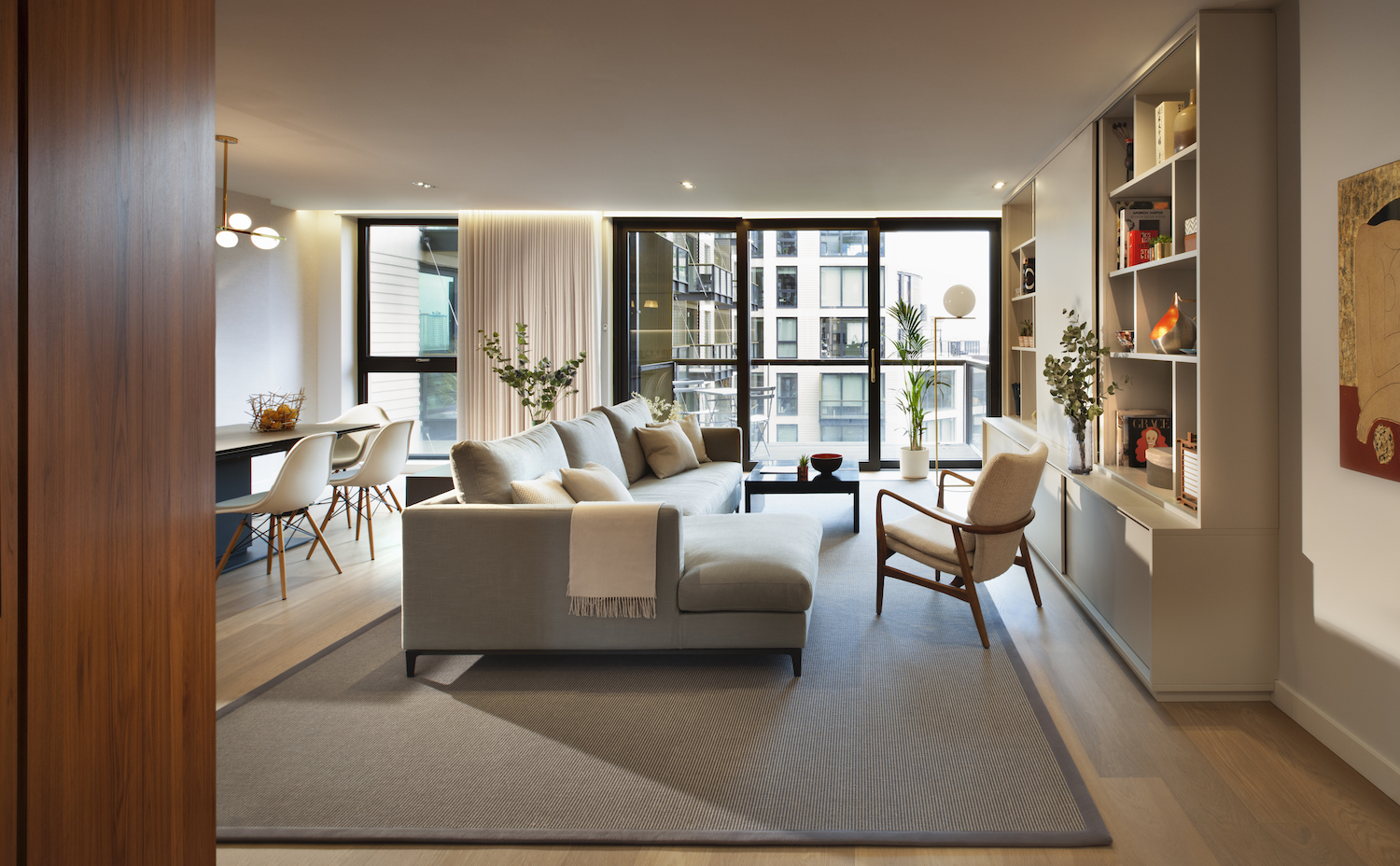
The studio’s growth since has been organic. Suss says: “I started working from home. We then moved into offices in Kings Cross for five years and have now gone back to remote working again. With two full-time staff members and a team of freelancers, this way of working is helping to reduce our overheads and carbon emissions simultaneously.”
We have a chance to be a part of the solution, not the problem…Our individual actions collectively will have a huge impact going forward!
Simone Suss, founder, Studio Suss
Suss’ passion for sustainable design stems from her love for physical geography and travel. “I have always been a real geography geek,” she laughs. “I have an awe of the natural world and I’ve always been interested in climate change.” From the outset of her design journey, Suss was determined to pay detailed attention to the impact of each project and, even in her own house, installed systems such as grey water harvesting and outdoor sockets for electric vehicles.
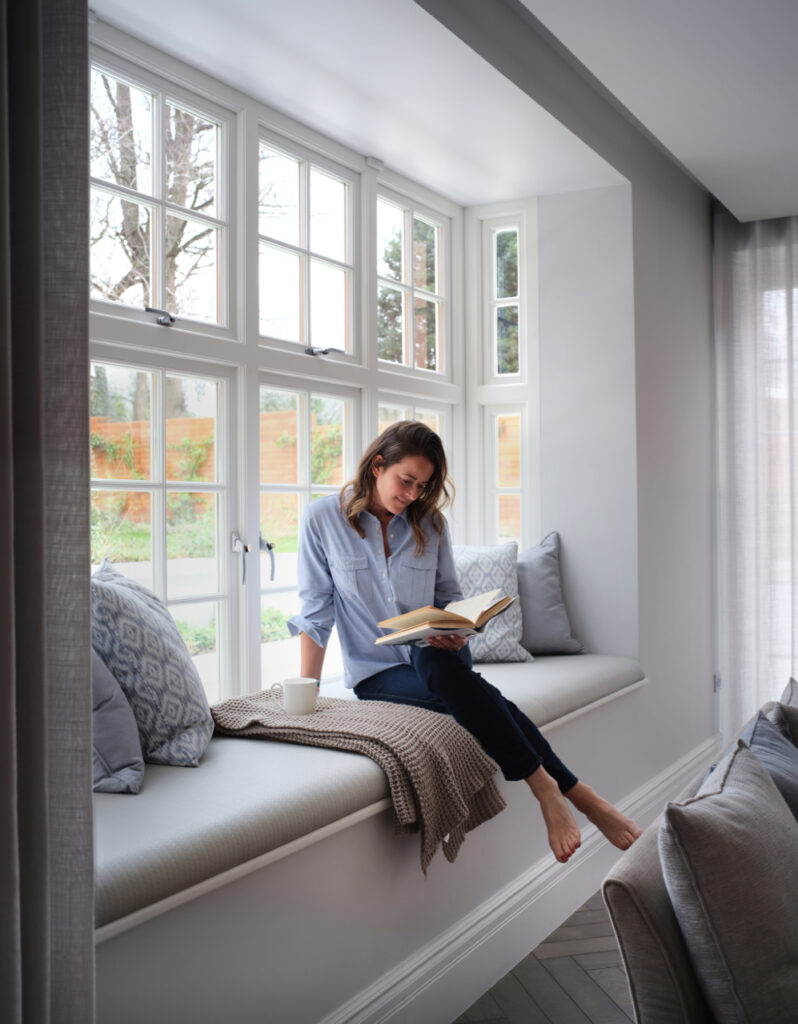


When the world went into lockdown in 2020, Suss decided to take her passion a step further. After being challenged by a friend who questioned her love for travel and its conflict with our rising carbon footprint, Suss embarked on a Business Sustainability Management course as part of Cambridge University’s Institute for Sustainability Leadership.
It made me realise that if I wanted to make an impact, I would need to impact the industry I worked in.
Simone Suss
“I found it extremely interesting and enlightening,” she says. “It helped to contextualise everything for me, and it made me realise that if I wanted to make an impact, I would need to impact the industry I worked in.” In a sector where consumption is a primary focus, Suss felt empowered to look at things in a new light, with an emphasis on marrying interior design with conscious consumerism and in a way that didn’t have to forfeit luxury.
“Sustainability is very complicated,” she says, recalling her journey since completing the course. “I came away from it in lockdown to a world which was changing not only globally but also personally for me. I was home-schooling three children, and being amid a global pandemic, it made me question everything.” Already a member of the British Institute of Interior Design (BIID), Suss got to work in setting up a sustainable specifying guide for them. Helping designers to measure their carbon footprint, the guide is now also available to non-members in a bid to shift the industry towards a greener future on a wider scale.
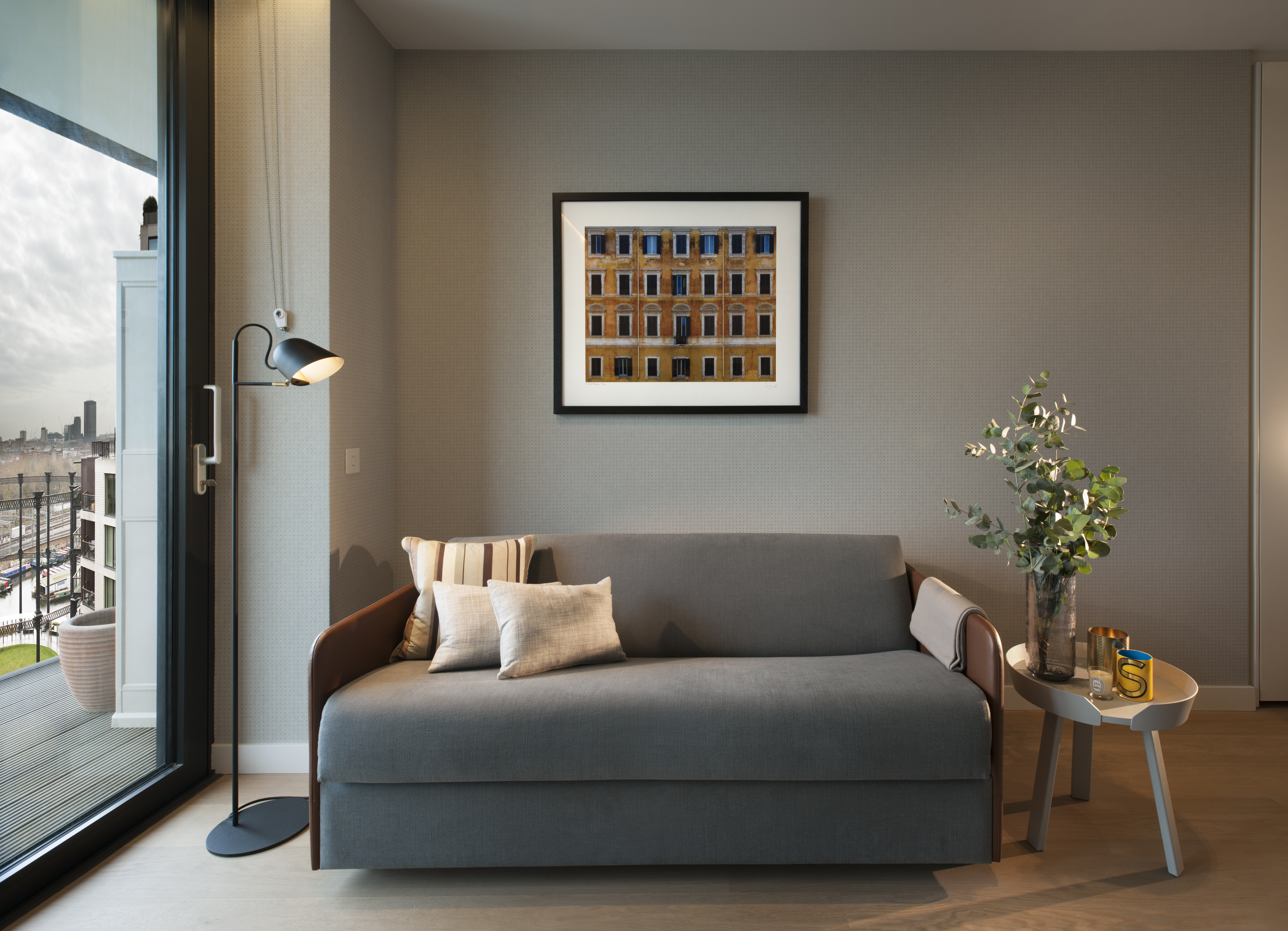
Parallel to this, Suss joined forces with fellow designers Brian Woulfe and Chloe Bullock to set up Interior Design Declares, a global petition movement to rally the industry in committing to positive action as a response to climate breakdown and biodiversity collapse. Taking the lead from the architectural community, this movement now has over 100 signatories and is open for anyone to take part. Interior Design Declares has since been set up in Finland, with other countries showing interest, too.
“The built environment is responsible for 38% of all global carbon emissions,” Suss says. “So, it is extremely important to encourage and facilitate change as quickly as possible.” Suss also represents the BIID on the Construction Industry Council and is on the steering group for Built Environment Declares, roles which allow her to see things from the perspective of the industry as a whole. “If we can change a new building, we are looking at saving tonnes of carbon,” she says, helping to reveal the urgency if we are to hit the targets laid out within the UN’s Sustainable Development Goals.
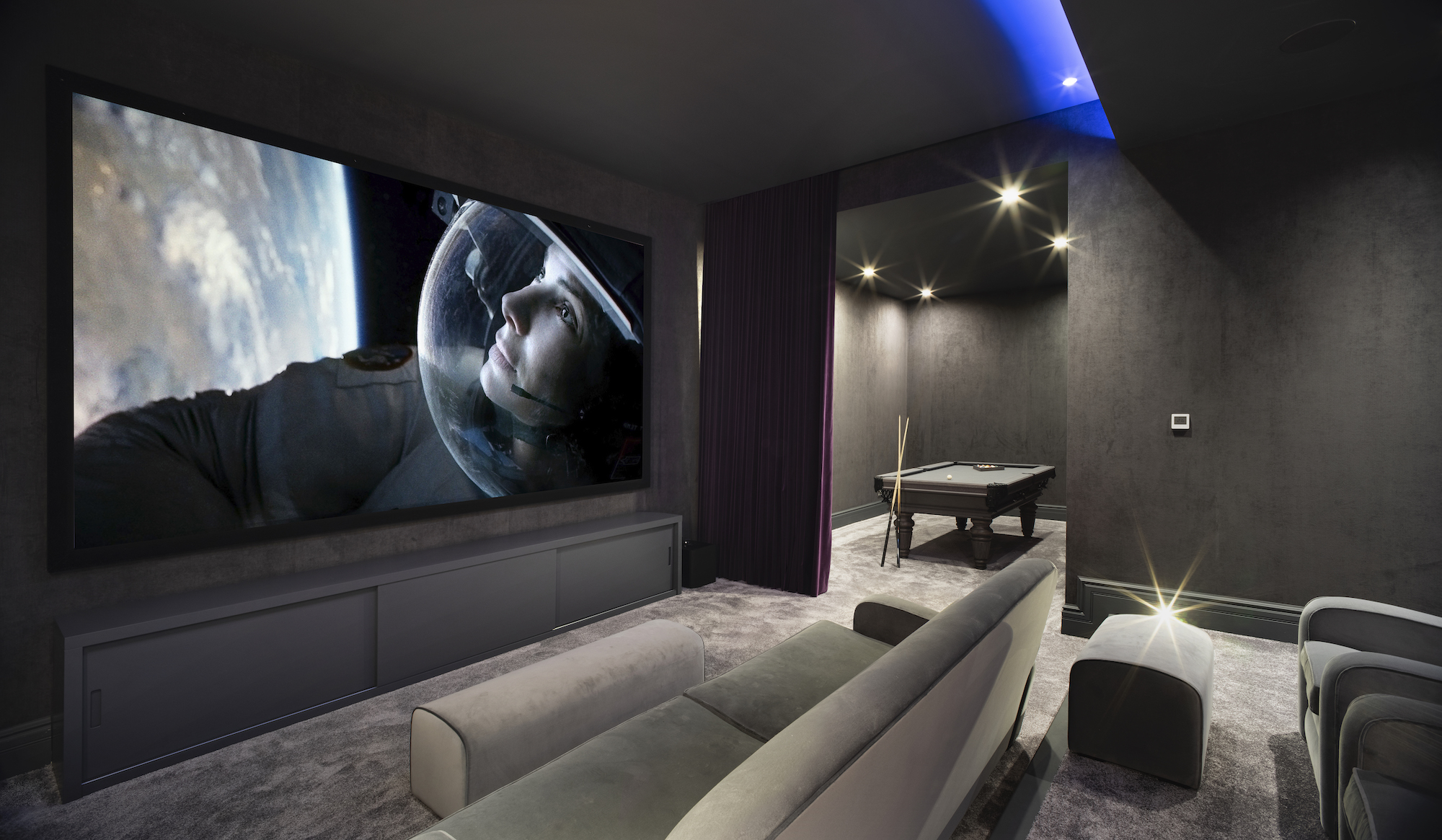
While her work in the industry is seeking to shift habits on a larger scale, she also stresses the need for, and importance of, individual action. “We all need to be mindful of everything we buy,” she explains. “While most clients don’t come to me for sustainability but for the aesthetic we provide, I will always put forward the most conscious choices to them where I can, focusing on reusing or repurposing if possible.” Incorporating antiques is one way Suss likes to adopt a circular mindset within her design. “We often work with the clients’ own antiques,” she says. “We always try and find a place for family heirlooms and if something needs reupholstering then doing this can breathe new life into it. Not only does it play into a circular economy, but it also tells a beautifully personal story.”
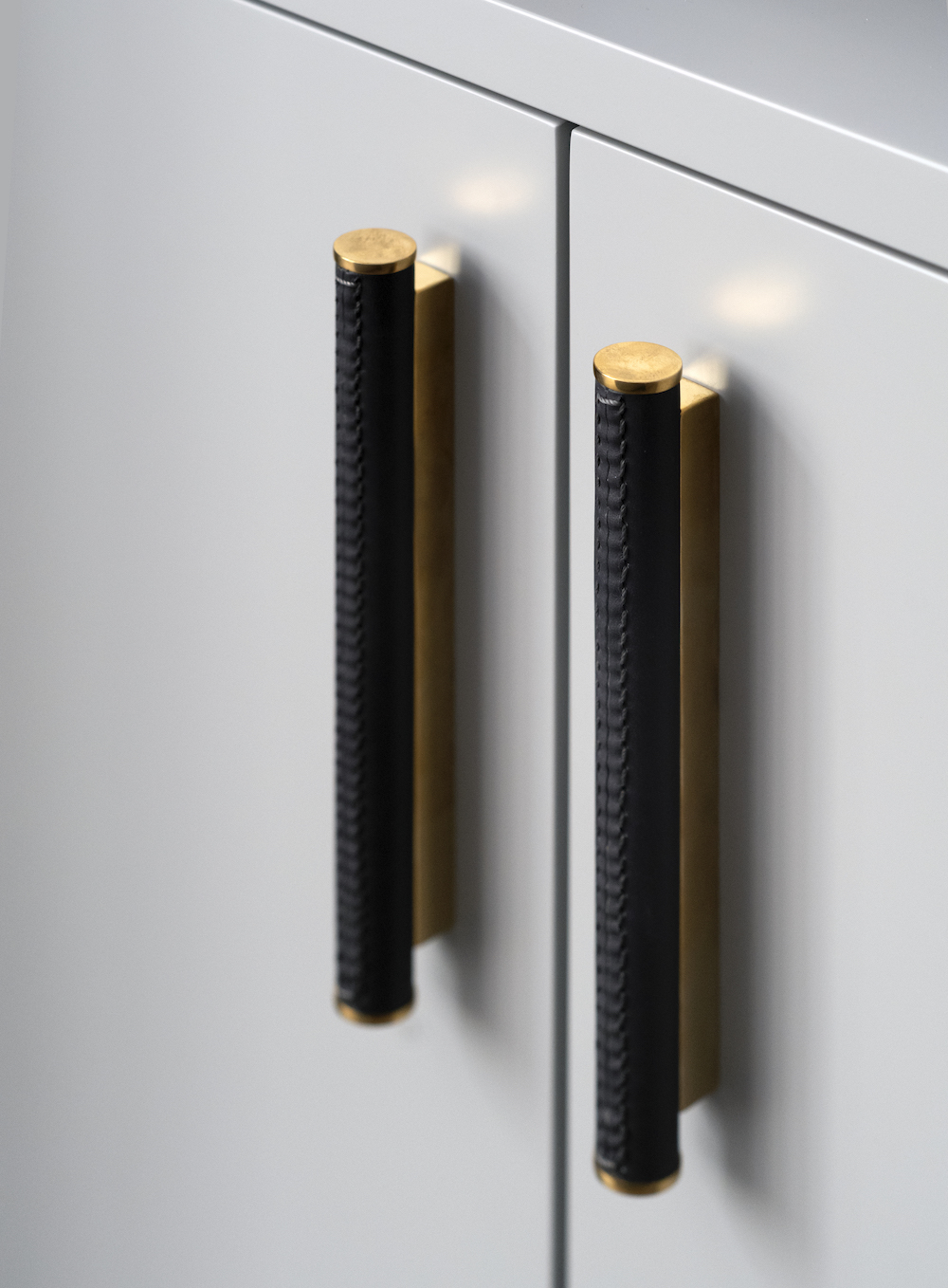

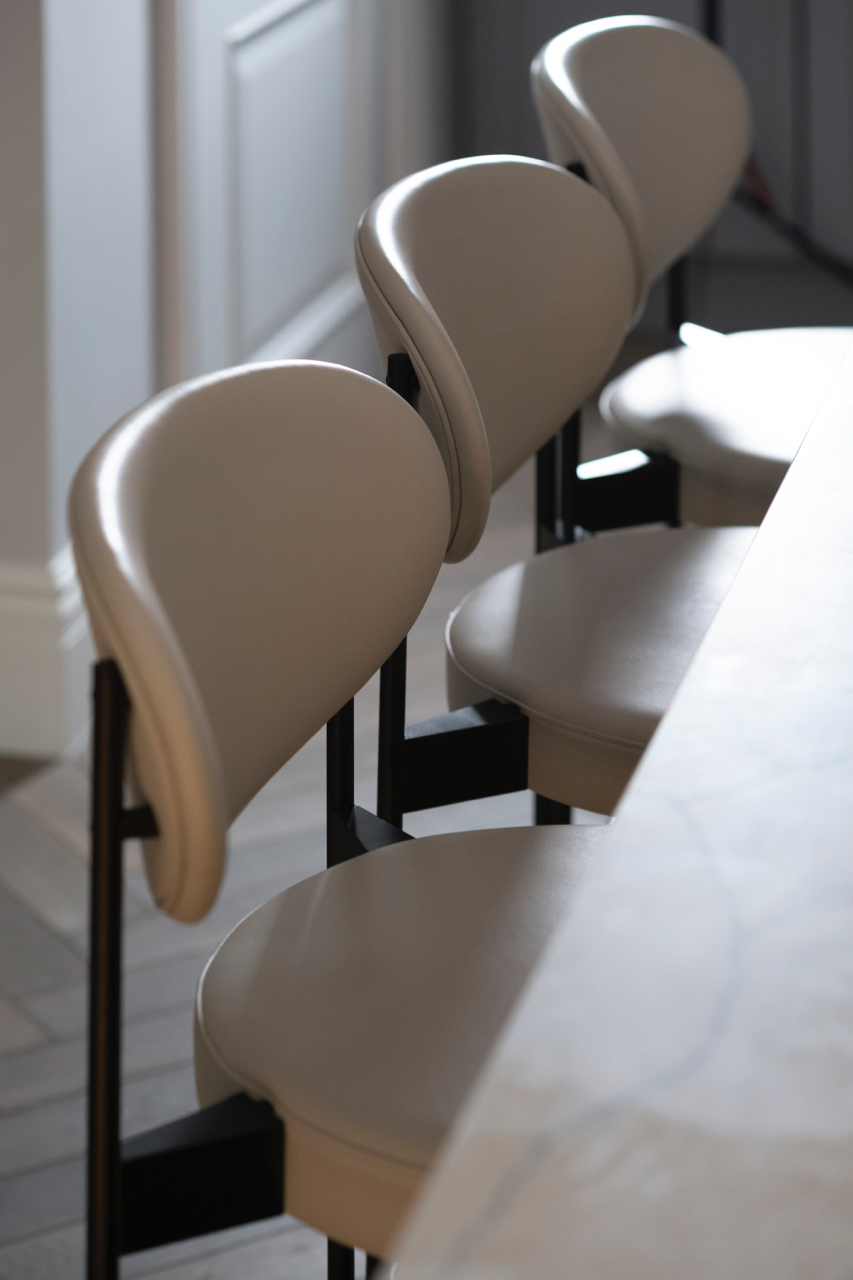
While she is aware that sometimes the most sustainable choices can’t be made due to budgets, function, or the client’s preference, she says the need to be aware of it is the first step towards change. In our own personal lives, it is important to also adopt this mindset, being accountable for our actions and the way we consume. “We have a chance to be a part of the solution, not the problem,” she concludes. “While world leaders focus on the wider, global decisions, let’s all come together in taking responsibility for our individual actions which, collectively, will have a huge impact going forward!”
Effect Magazine is brought to you by Effetto



